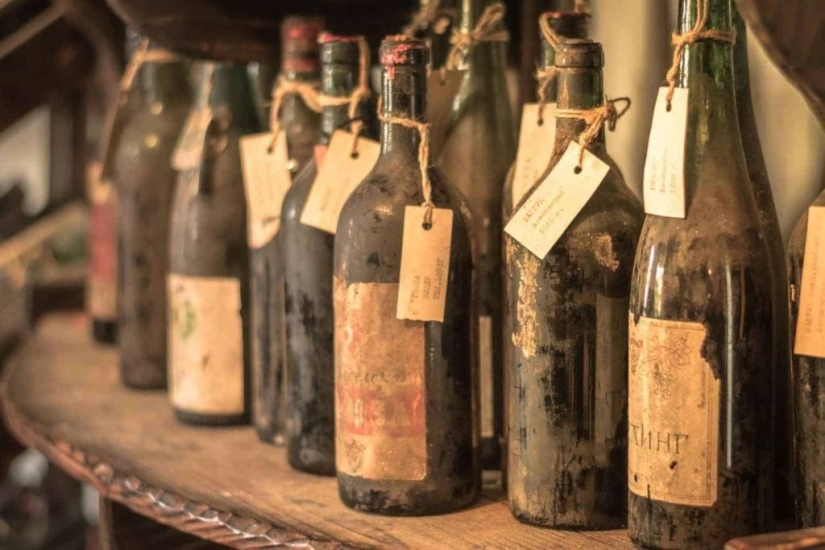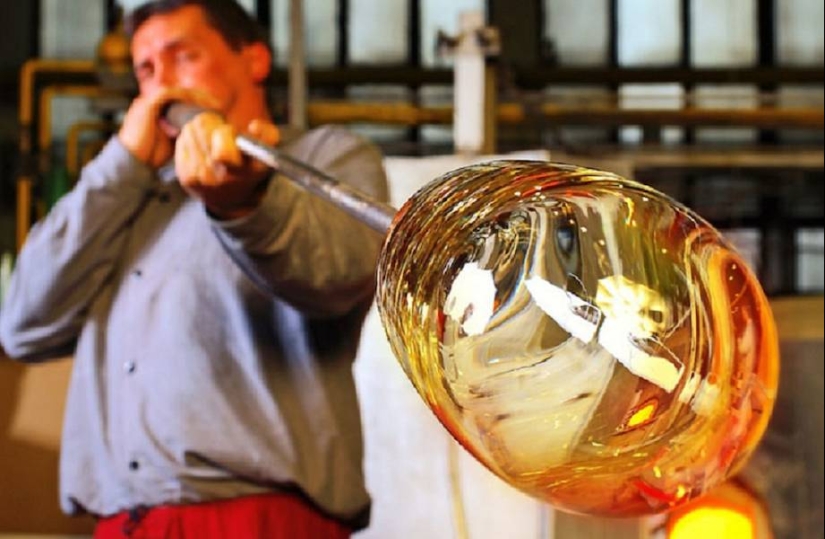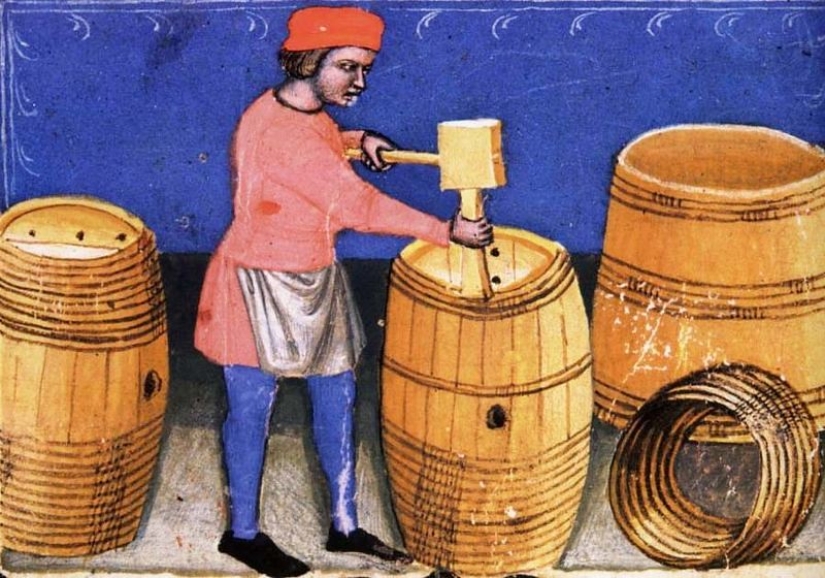Why are most wine bottles 0.75 liters?
Categories: Food and Drinks | Production
By Pictolic https://mail.pictolic.com/article/why-are-most-wine-bottles-075-liters.htmlWhen buying wine, we rarely pay attention to the volume of the bottle. This is not surprising, because by default, a bottle of wine contains 0.75 liters. Most glass wine bottles in the world have exactly this volume. Yes, there are bottles with a capacity of 0.5 and 1 liter, but this is rather an exception to the rule. But why did winemakers choose this option? Wouldn't it be easier to produce wine in liter or half-liter containers?

The standard for wine bottles has existed for a long time. Although wine can be bought in different containers, in Europe, according to the decision of the EU Council of December 1974, the standard bottle is 0.75 liters. Outside Europe, there are no clear restrictions, however, in the USA, in the countries of Asia, Africa and even in distant Australia, this is the preferred volume.

If you come across antique wine bottles that are 200 or 300 years old, you will probably notice that although their shape may differ, their volume is about the same as modern ones. How did this happen if there were no standards back then, and each craftsman could make containers at his own discretion? There are several versions explaining this fact.
The most common version of the appearance of 0.75 liter bottles is related to the technology of their production. Until the first half of the 20th century, glass bottles were created manually - they were blown by master glass blowers through a special tube made of molten glass.

To make a bottle, a glassblower had to use his lung capacity. The technology did not allow for pauses - the product was created with one long and even exhalation. The lung capacity of the average master simply did not allow for the production of a bottle larger than 750 ml.
In addition, it was almost impossible to get such a volume exactly - there was always some kind of error. Bottles very rarely turned out perfectly smooth or absolutely identical, because it was completely handmade. Scientists who studied wine containers of the Middle Ages and the New Age found that their volume varied from 650 to 750 ml.
The second most popular explanation concerns the technology of wine production. It is actively disputed by both historians and winemakers. However, this version is worth mentioning. According to it, the volume of 0.75 liters is associated with the average amount of wine obtained from 1 kg of ripe grapes.

The weak point of this theory is that such containers were used long before the metric system was introduced in 1795. Before that time, winemakers simply could not operate with kilograms and liters. In addition, 1 kg of grapes can produce different amounts of wine - both more and less than the volume of the bottle. This depends on many factors, mainly the grape variety and the chosen technology.
The following theory explains the choice of bottle size by the peculiarities of trade and export. Long ago, England was one of the main consumers of French wines. Wines were usually exported in barrels. A Bordeaux barrel with a volume of 225 liters (barrique) contained exactly 300 bottles of 0.75 liters. In the English system of measurement, this was 50 gallons, where 1 gallon is equal to 4.5 liters.

This ratio was conveniently divided into 25 boxes of 12 bottles, which significantly simplified the calculations when selling wine in large quantities. At first glance, this is a simple and logical explanation. However, historians are skeptical about it. The thing is that 0.75-liter bottles appeared before French suppliers, together with English buyers, developed their own system of standards.
The most obvious explanation for the choice of wine bottle size is related to consumption culture. Wine is traditionally drunk from glasses, and 750 ml is conveniently divided into 5 servings of 150 ml. This has its own logic, although it used to be more relevant. Today, wine is more often poured into 125 ml glasses, and this arithmetic no longer works.

Why not use liter bottles and pour 10 glasses of 100 ml from them? Especially since the volume of wine in a glass can depend on the consumer's preferences. Perhaps the bottle volume was adjusted to the needs of the service staff? Most likely, the glassblowers did not care at all whether it was convenient for waiters to measure out portions for glasses.
The most controversial connection between modern bottles and the containers of Ancient Rome seems to be. In those days, a legionnaire was given a 270 ml flask of wine per day during a campaign. If you round this volume to 250 ml and multiply it by three, you get a familiar figure - 750 ml. This amount of wine could be enough for either one warrior for three days, or three for one day.

One way or another, the wine bottle standard has been chosen and approved. Despite the many versions, the real reason for choosing 0.75 liters may remain a mystery, hidden behind the thickness of centuries and cultural traditions. What do you think - which version seems most convincing to you? Or maybe you have your own explanation for this wine standard? Share in the comments!
Recent articles

It is impossible to imagine the New Year without citrus fruits, especially tangerines. And on other days it is difficult to refuse ...

There are special fans of second-hand stores who love to rummage through piles of things in search of “something special.” ...

"Wash your hands before eating!" — a phrase familiar to us since childhood. The parents explained that with the help of this ...